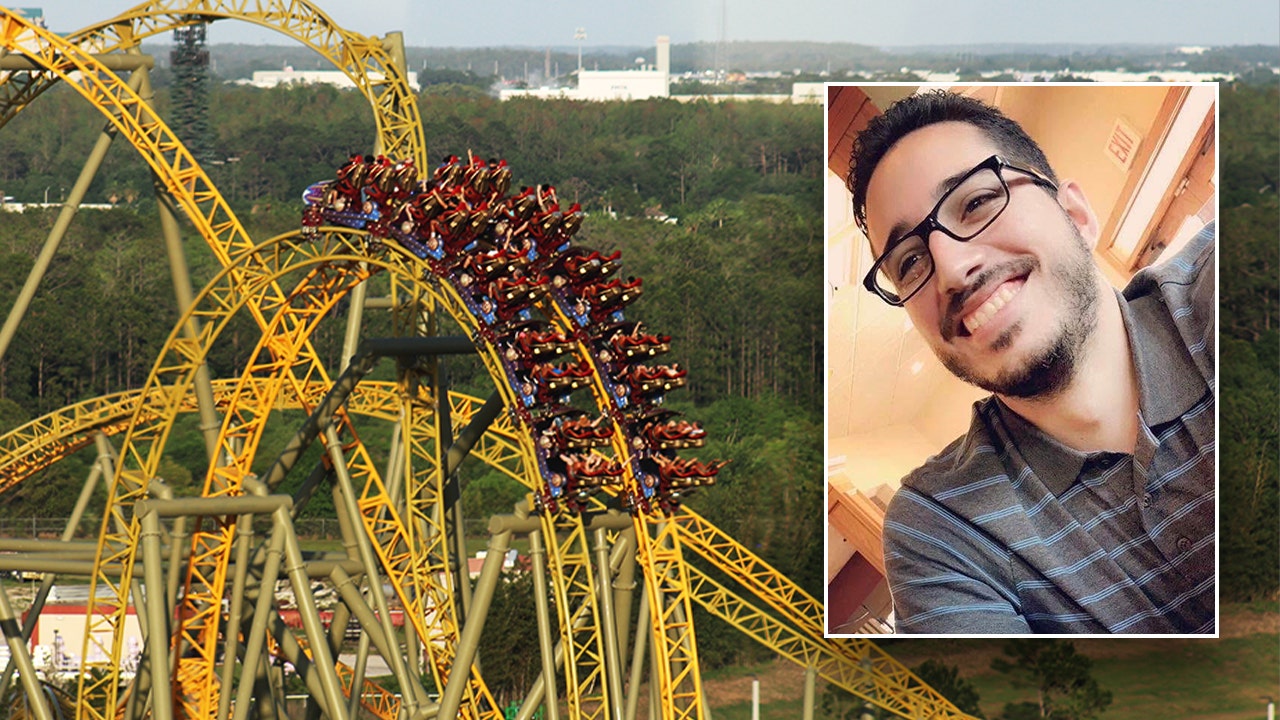They’re too good to be true.
Italian police have seized 21 pieces of art suspected of being counterfeit at a Salvador Dalí exhibit.
On Tuesday, a squad seized upon the exhibition in Parma — titled “Dalí, Between Art and Myth” — taking possession of the allegedly false works, which included drawings, tapestries, and engravings.
Doubts about the authenticity of the artworks began in January when officers from the Rome unit of the Carabinieri art squad performed a routine inspection of the exhibit while it was on view at the Museo Storico della Fanteria. They noted that “something seemed to be amiss.”
“We noticed that only lithographs, posters and drawings by Dalí were on display, along with a few statues and other objects, but no paintings or anything of importance,” Diego Poglio, the senior officer leading the investigation, told the Guardian. “It was difficult to understand why someone would want to organize an exhibition of such low-value works.”
Art authentication expert Mark Winter told The Post that hundreds of thousands of fake Dalí lithographs have been circulating since the mid-1970s.
“Once could say that in the art market nothing is more common than a fake Dalí lithograph,” he stated. “The error here in Parma was to organize an exhibition and it triggered the attention of the Carabinieri art department. They knew that being a Dalí exhibit there was a high probability there would be forgeries.”
Winter, who has been evaluating art for more than two decades, said Dalí himself helped trigger the legions of fakes.
“It had all started when he signed blank lithographic sheets instead of getting them printed first,” Winter explained. “Dalí boasted he could sign 1,800 sheets per hour and made $20,000 every morning before breakfast.”
“Many of the 1970’s Dalí forgeries have been reprinted by forgers unaware that they are forgeries,” the expert added. “The result is that the total number of forged Dalís in circulation today is probably around 300,000.”

In this current case, police brought their initial suspicions to the Gala-Salvador Dalí Foundation, based in Figueres, Catalonia. It was subsequently confirmed that the foundation had never been contacted by the exhibition organizers.
“We found this absolutely strange, because if you want to organize an exhibition of an artist’s works, especially such an important one, you can’t not go through the foundation which manages the collection,” Officer Poglio explained.
The foundation agreed that “something didn’t add up” and sent an expert team to Rome to see for themselves.
“They also suspected ambiguities and so Rome prosecutors gave the order for the 21 works to be seized,” Poglio explained, adding that the investigation was still in preliminary phases.
“Now we will proceed with the necessary technical and scientific investigations to determine whether the works are authentic or not.”
This isn’t the only incident of reproduced artwork from notable artists being sold or exhibited in Italy.
“We’re seeing a significant presence of fakes in the market, especially in contemporary art,” Poglio said. “It is a global phenomenon.”
In February, Rome police discovered a workshop where counterfeit paintings by Pablo Picasso and Rembrandt were being made to be sold online.
There was also a Europe-wide forgery network suspected of replicating works by Banksy, Picasso, Andy Warhol and Gustav Klimt.












